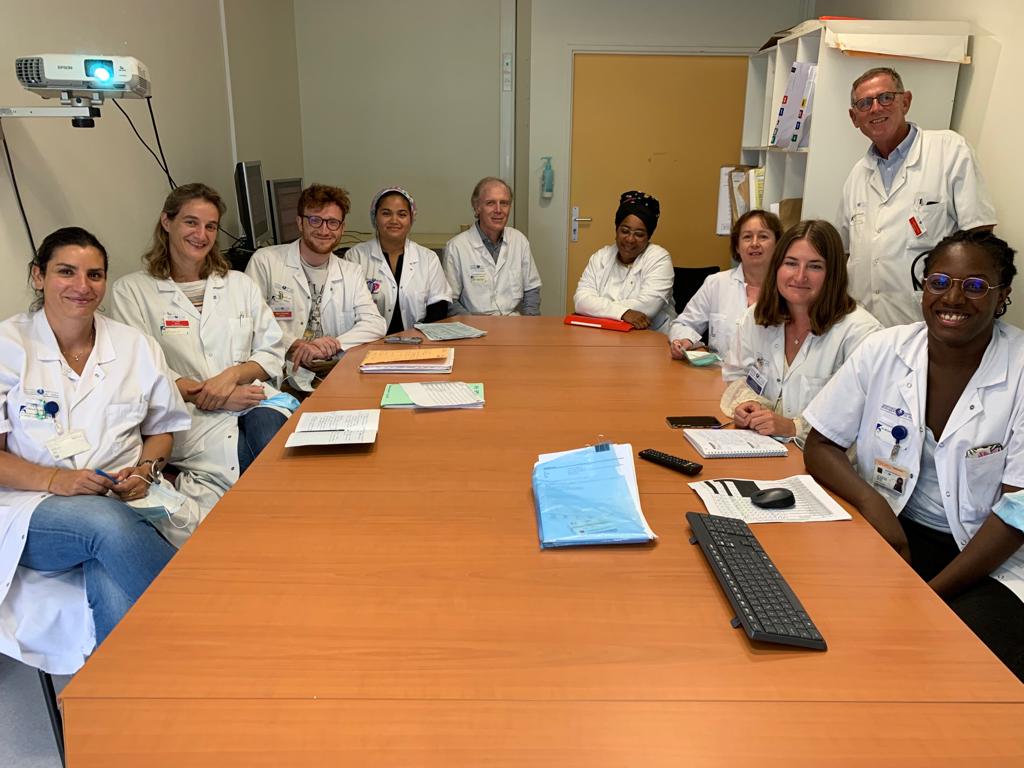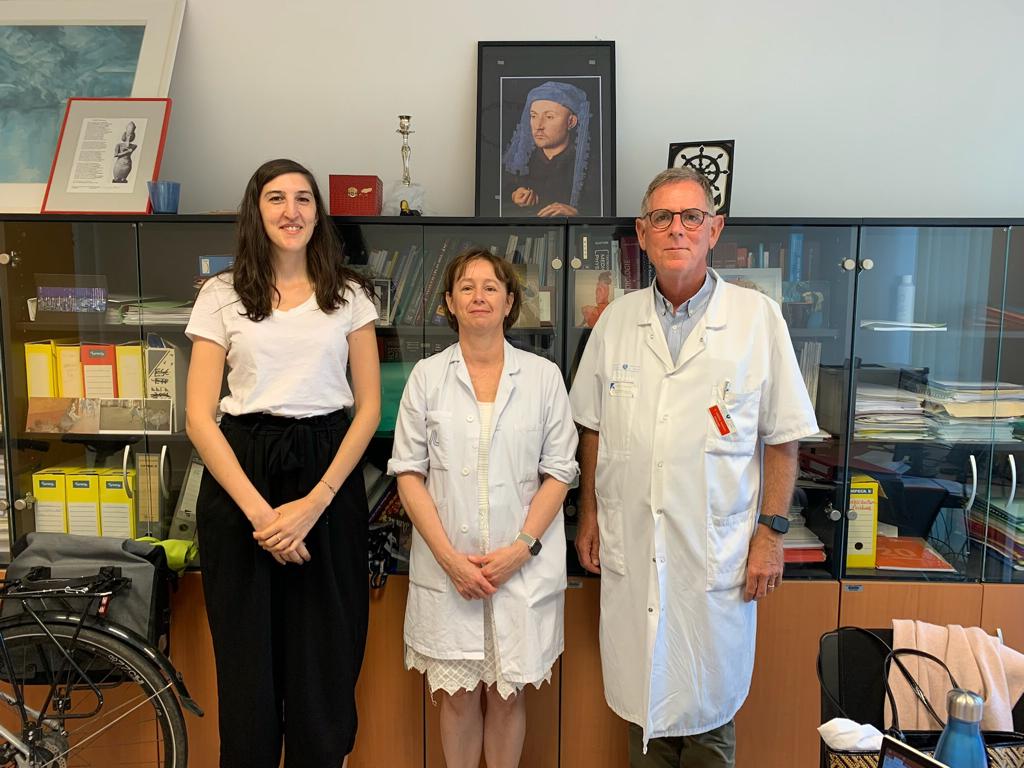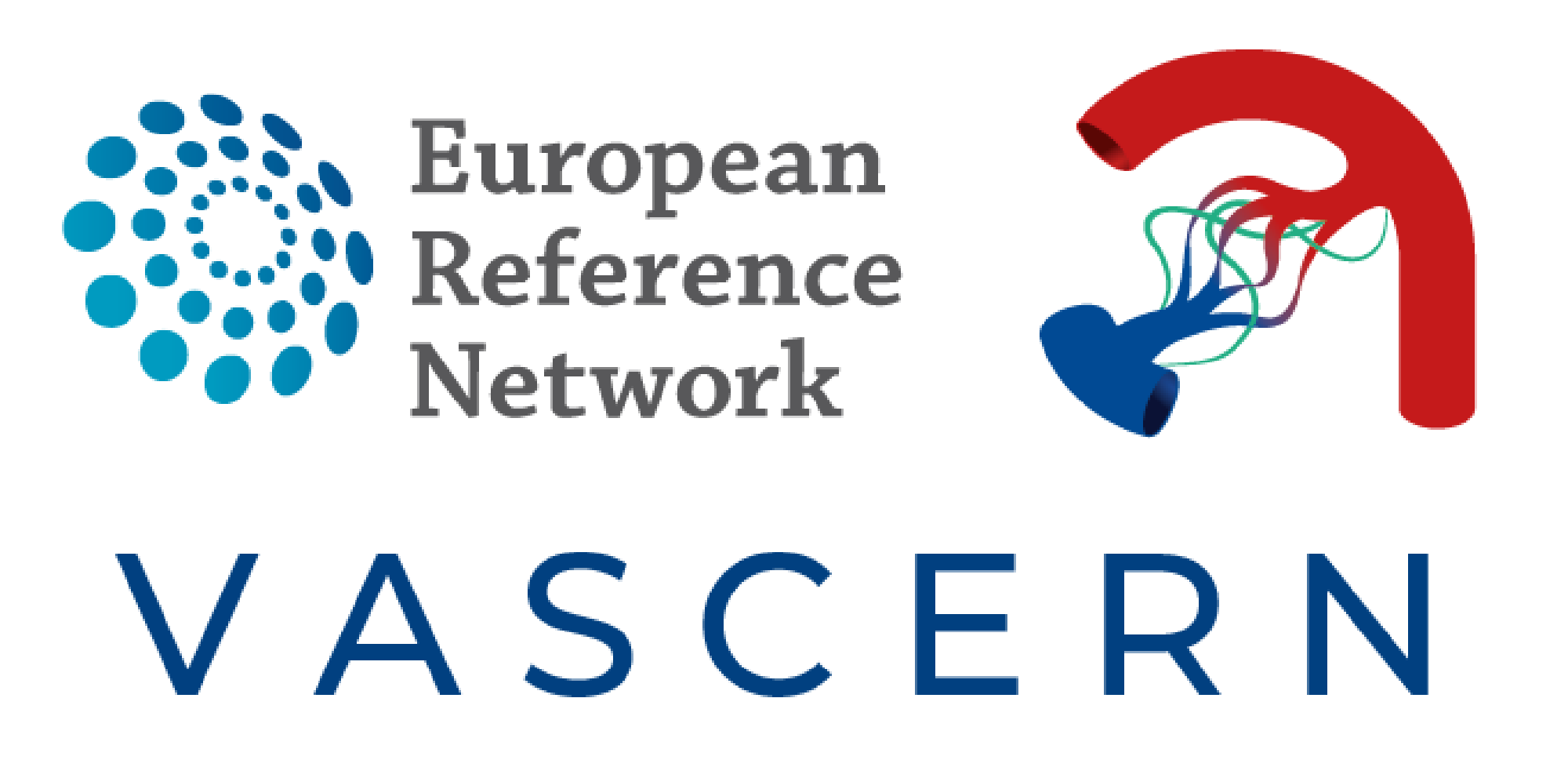


In our VASCERN Exchange Program interview, we are thrilled to interview Dr. Edit Nagy from the Karolinska University Hospital in Stockholm, Sweden. Dr. Edit Nagy is a member of the Heritable Thoracic Aortic Disease Working Group (HTAD-WG). In this article, she shares what were her goals for the exchange program, and the new discovery and lessons learned during it. This exchange program was done at the APHP Hôpital Bichat – Claude Bernard in Paris, France with Prof. Guillaume Jondeau.
1) What is your medical specialty?
I am a cardiologist. I treat adult patients with congenital heart disease as well as those who have aortopathy.
2) What were your goals and expectations for the exchange program?
I wanted to observe how a reference center for HTAD worked in terms of assessing large groups of patients like Professor Jondeau does at his expert center. I wanted to learn how different medical specialities collaborate in multidisciplinary case discussions to improve the care for patients with HTAD. Hôpital Bichat is well known for this, and I wanted to see how this center operates in practice. I have a mixed patient population. We treat patients with aortopathy and other congenital heart disease whereas the unit in Hôpital Bichat handles only aortopathy patients.
3) What activities did you participate in during your exchange program?
During my stay, I was involved in the outpatient clinics’ work. I followed the patient visits/consultations including the echocardiographic assessments in the mornings and case discussions with colleagues in the afternoons. We had multidisciplinary case discussions three or four times in the afternoon involving all of the other specialities, relevant in HTAD, working in the hospital. Every case is reviewed, including those with a known diagnosis such as Marfan, Loeys-Dietz, or other monogenic aortic disorders, as well as those with a new referral from a general practitioner (GP) or other cardiologist specialists. Each patient’s case is thoroughly examined, with input from all relevant specialities, such as ophthalmologists, dermatologists, and pediatricians. As an adult cardiologist, I do not treat children with thoracic aortic disease; however, we have paediatric cardiologists who assess/treat children with HTAD. It is fascinating since Professor Jondeau and his team take care of both adult patients and children. At Hôpital Bichat, paediatricians are also involved in this multidisciplinary team, and I had the opportunity to see how the pediatrician systematically studies skeletal features and other features that manifest if you assume or suspect a patient has thoracic aortic disease with a genetic background. I was able to meet the other medical professionals on this team, including Professor Boileau, Dr. Arnaud, Dr. Milleron, and Dr. Eliahou. It was a good experience.
4) Were there any challenges you faced during the program? If yes, what were they?
Yes, the language barrier. Even though I know a little French, it was not enough. The doctors and Professor Jondeau spoke English, but the patients only spoke French. This was a huge challenge for me.
5) What is something new that you learned/discovered during your exchange program?
I learned to do things systematically. As I previously said, every case is reviewed systematically, including patients with known diagnoses such as Marfan syndrome, TGF-beta one, or TGF beta two mutations within a multidisciplinary discussion. It is good because nothing will be missing. We do not manage cases the same way in my hospital since, as I mentioned, we have a mixed population. We have many patients with congenital heart disease, and even this is a heterogeneous population, and I also have patients with thoracic aortic disease. Although we work with geneticists and thoracic surgeons, our focus is making new referrals for patients who have not yet received a diagnosis but who we suspect may have the disease. Other specialties, including geneticists, ophthalmologists, and orthopedics, are consulted if any uncertain cases need to be examined. I also work with Eric Björck, a geneticist and VASCERN member. This experience could influence us to improve the structure of our work and explore how we can work more efficiently and collaboratively with other specialties.
6) How will your experience from the exchange program improve your contributions to VASCERN?
This exchange program experience is extremely valuable for international and EU collaboration. Because we deal with rare vascular diseases in VASCERN, it is the best way to have these exchanges to combine our knowledge. There are many cases where no one knows whether the diagnosis is certain or uncertain. It is beneficial to join forces and collaborate to expand our knowledge and skills. This is what Professor Jondeau is doing by initiating the expansion of the existing Marfan registry in France.
7) How would you describe your exchange program in one word?
“Stimulating”
8) Any other comments?
The exchange program was great, and I recommend it to everyone. Even though we are familiar with each other through the VASCERN network, it is good to have an exchange visit and thus gain a new clinical experience.

